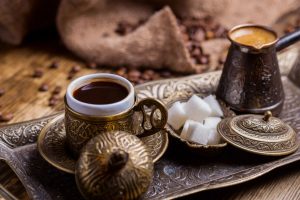

©undefined undefined/iStock Editorial
Coffee, a beverage with an average daily consumption of more than 2 billion cups, has now completely conquered the entire world. When you are sleepy, fighting with your upper and lower eyelids, or tasting sweet pastries, having a cup of wonderful coffee with you will definitely make your life more colorful!
“The Birthplace of Coffee”
Ethiopia, Addis Ababa
Specialty coffee: strong espresso or macchiato
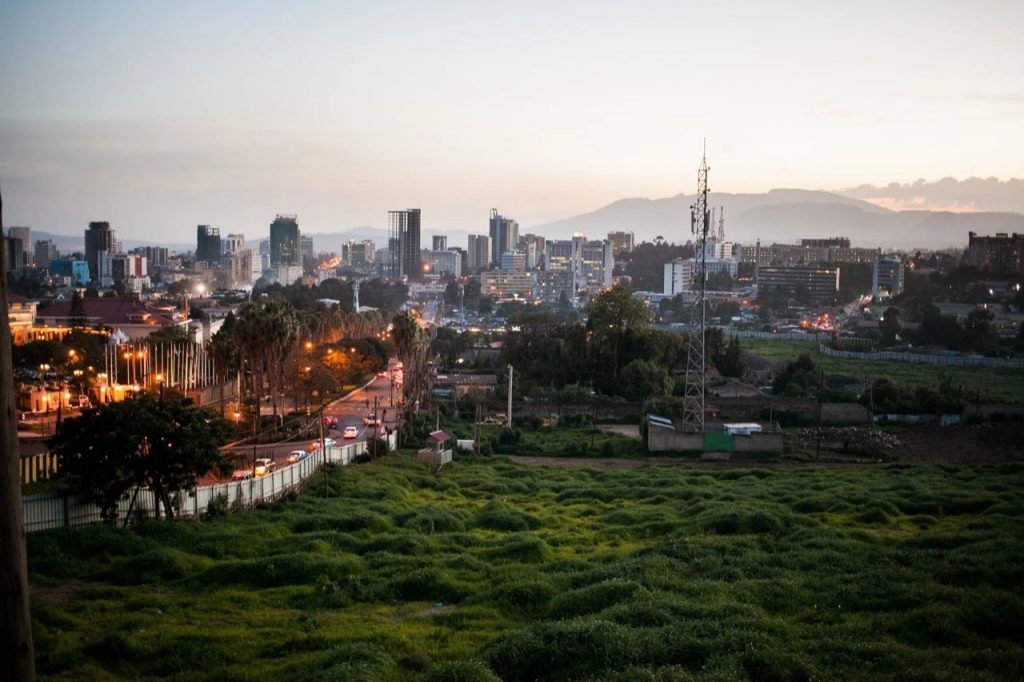
©Jakob Polacsek/Getty Images
Welcome to Ethiopia, the birthplace of coffee! In ancient times, drinking coffee was not only a way of hospitality for locals, but also a central part of local social and eating activities. A famous coffee ceremony was formed in a subtle way.

©Jakob Polacsek/Getty Images
The coffee ceremony starts with an incense burner and uses gum incense to enhance the sense of ceremony. The owner sits on a low stool and throws the freshly cut green grass around which symbolizes the gift of nature.
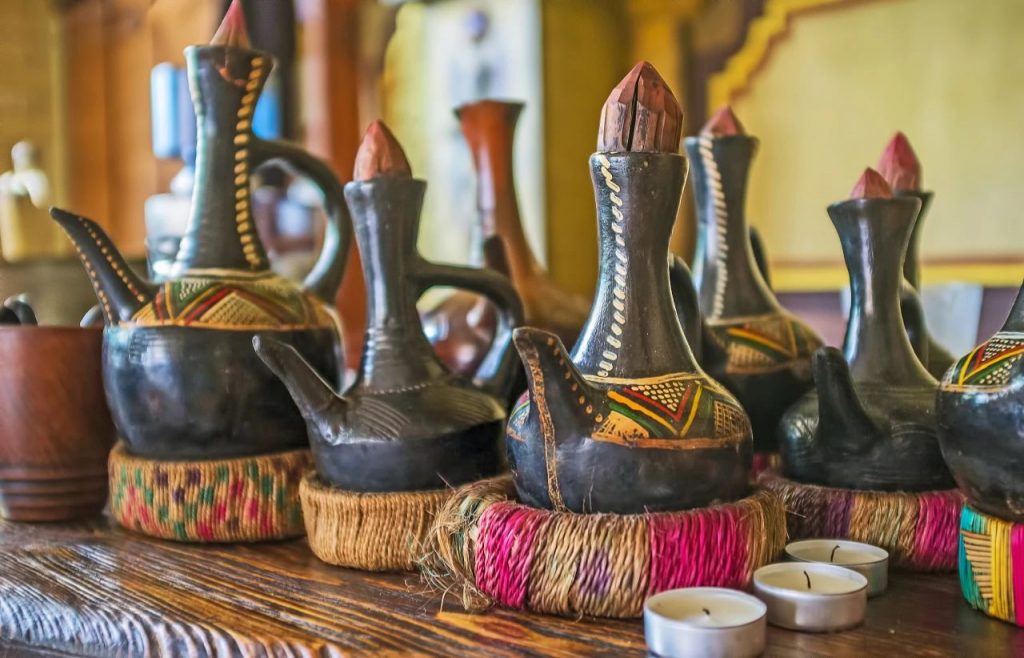
©Image by eFesenko/Shutterstock
Afterwards, the host will take the coffee beans to the charcoal stove and roast them, and the guests will come in and take a deep breath of the mellow coffee while saying “betam tiru no” (meaning “miao”) to express gratitude and appreciation.
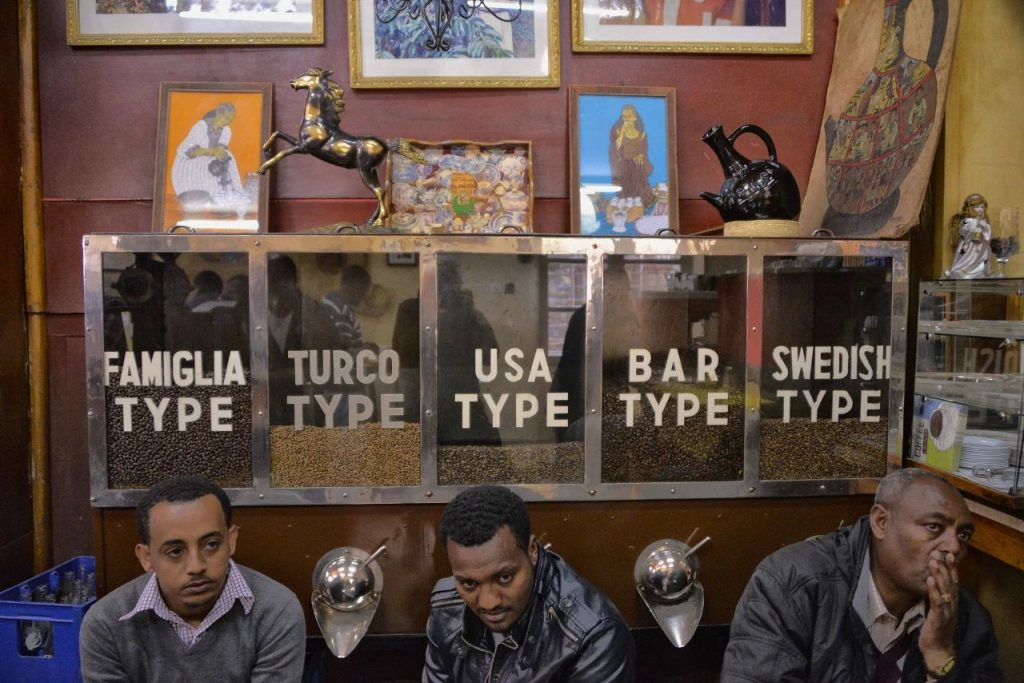
Inside Tomoca Coffee House, Addis © Rod Waddington
To go to Addis Ababa, you must visit TOMOCA. This time-honored Ethiopian brand exists to remind you that drinking coffee in this country is by no means a short-lived fashion. I walked into an old-fashioned cafe with empty walls, ordered a cup of old-fashioned espresso, calmly, and tasted the delicious coffee seriously!
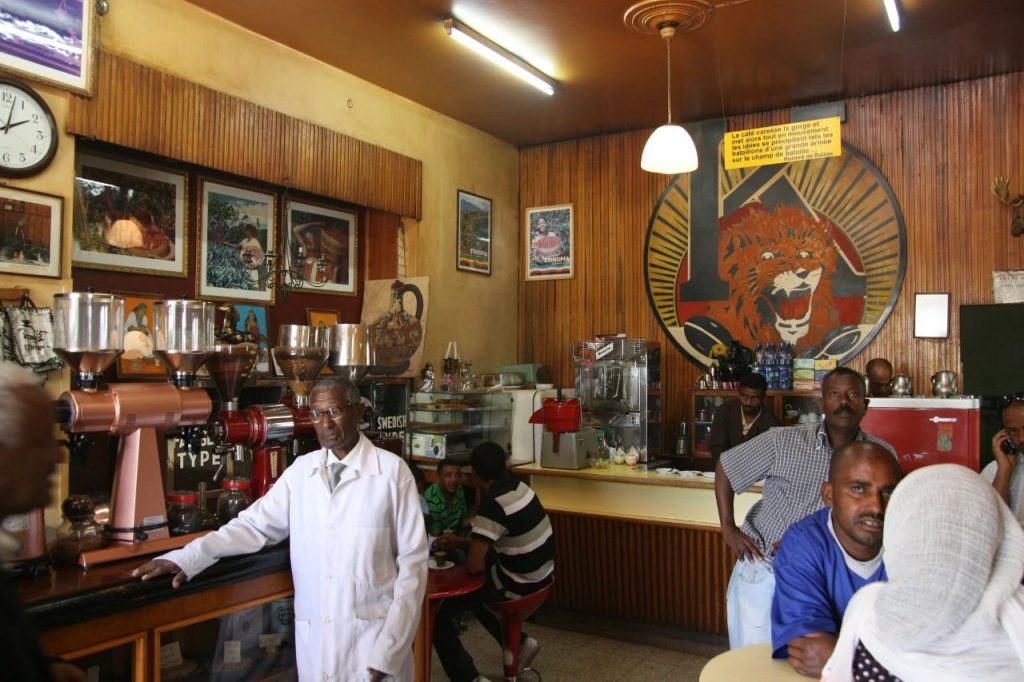
Tomoca © Travel Aficionado
After satisfying the taste buds, go to the surrounding St. George’s Cathedral. St. George’s Cathedral is magnificent and sacred. It is the “heart” of the Ethiopian Orthodox Church. It has exquisite frescoes. The Cathedral Museum also houses the robes worn by the last Ethiopian emperor Haile Selassie during the coronation ceremony.
“Coffee Trender”
Japan, Tokyo
Specialty coffee: hand brewed coffee
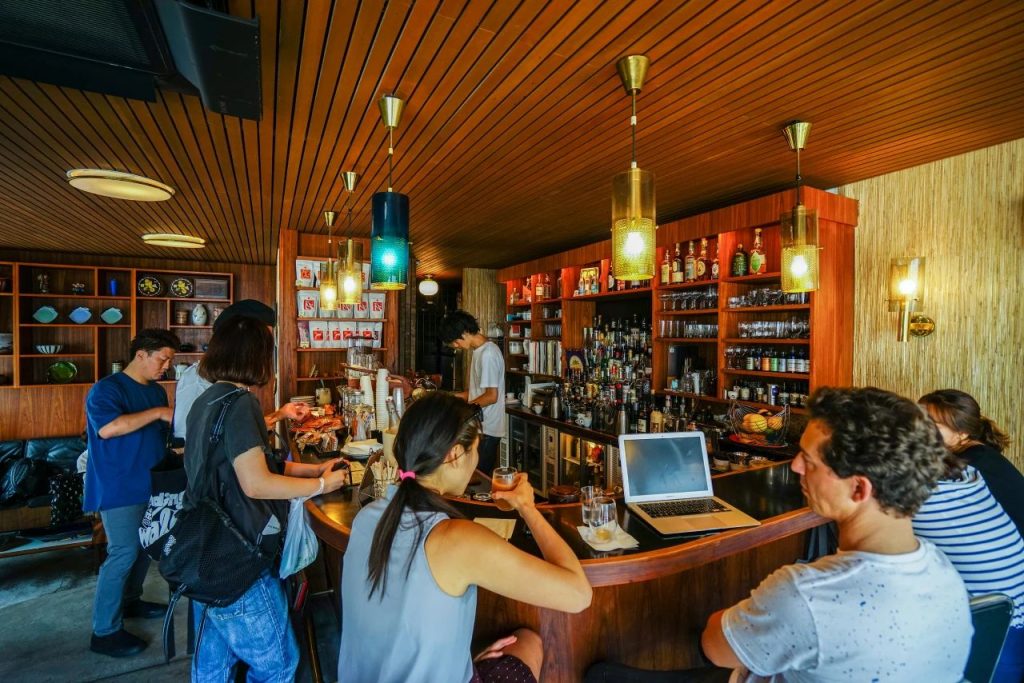
©Image by August_0802/Shutterstock
When the Japanese talked about the “first wave”, they were probably talking about the era of the rise of tea shops. Before the word “cafe” became popular in Japan, the Japanese called the place where coffee was drunk as “tea shop”. The tea shop, which emerged in the early 20th century, opened a window for the Japanese to understand foreign cultures, but it was also tainted with a hint of dust. Today’s tea shops are those coffee shops that have survived the impact of large-scale chain coffee shops.
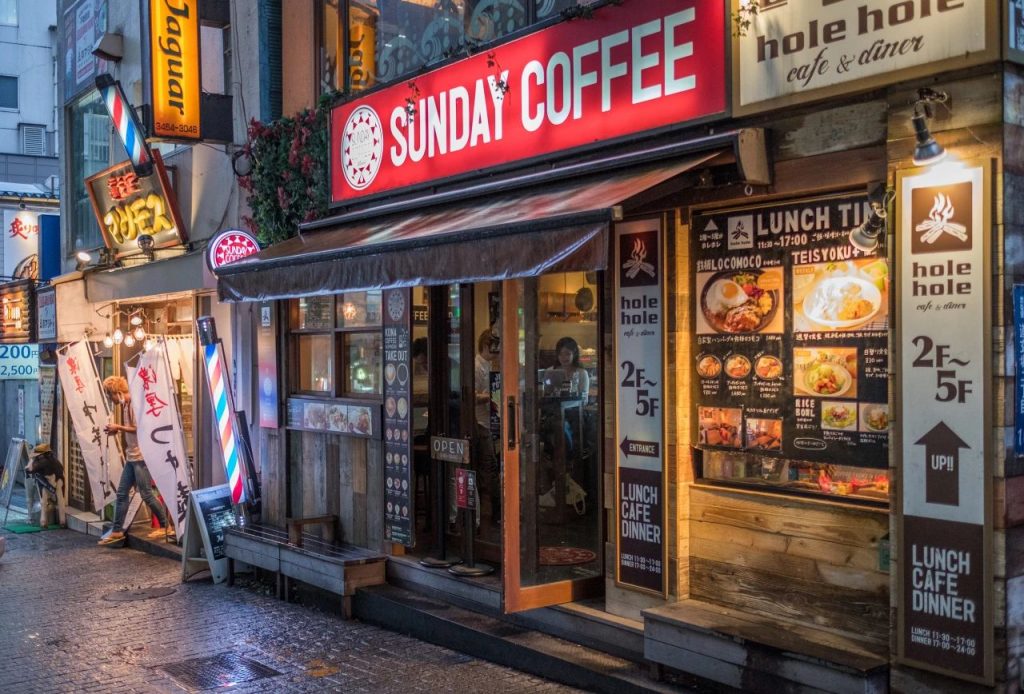
©Image by MAHATHIR MOHD YASIN/Shutterstock
In the tea shop, whether it is interior decoration or Art Deco style, it may have the style of the mid-20th century-in most cases, this is the original appearance of the shop, rather than deliberately antique. Coffee is brewed by hand (sometimes there is a siphon pot). Order a cup to make a cup, usually using deep roasted mixed beans (Japanese pronounced “burendo kōhī”). The coffee cup is small and exquisite, with a teaspoon and a small tea tray. , And a cream pot the size of a dollhouse. There is an appropriate amount of cream in the cream pot, and pour it all into the coffee cup, just enough to make it show a uniform caramel color.
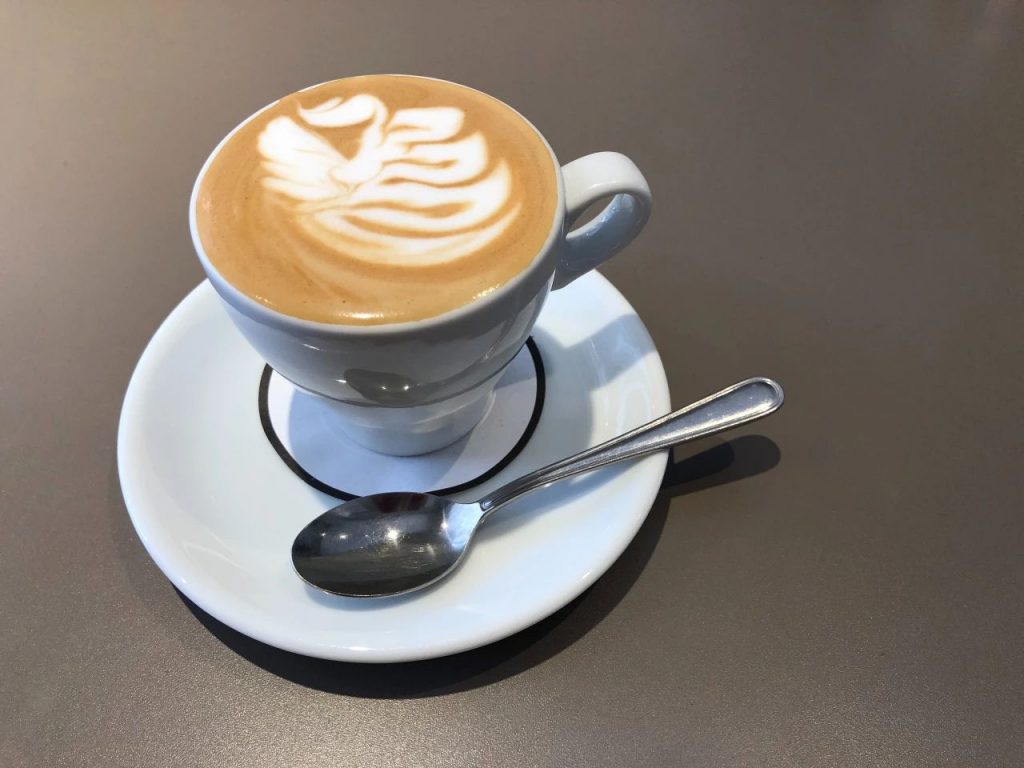
©Image by Rebecca Milner
The most recommended coffee shop in Tokyo is CAFÉ DEL’AMBRE in Ginza. This shop was founded by Ichiro Sekiguchi in 1948. It is one of the oldest coffee shops in Japan and has a lot of experience. Today Ichiro Sekiguchi is over a hundred years old, but for several days a week, you can still see him in the store, operating the vicissitudes of Fuji roaster behind the glass window, where he roasts coffee beans several times in small quantities. The cafe itself is not only a favorite meeting place for locals, but also a pilgrimage site for coffee lovers.
“Cool from the tropics”
Chiang Mai, Thailand
Specialty Coffee: Stocking Coffee
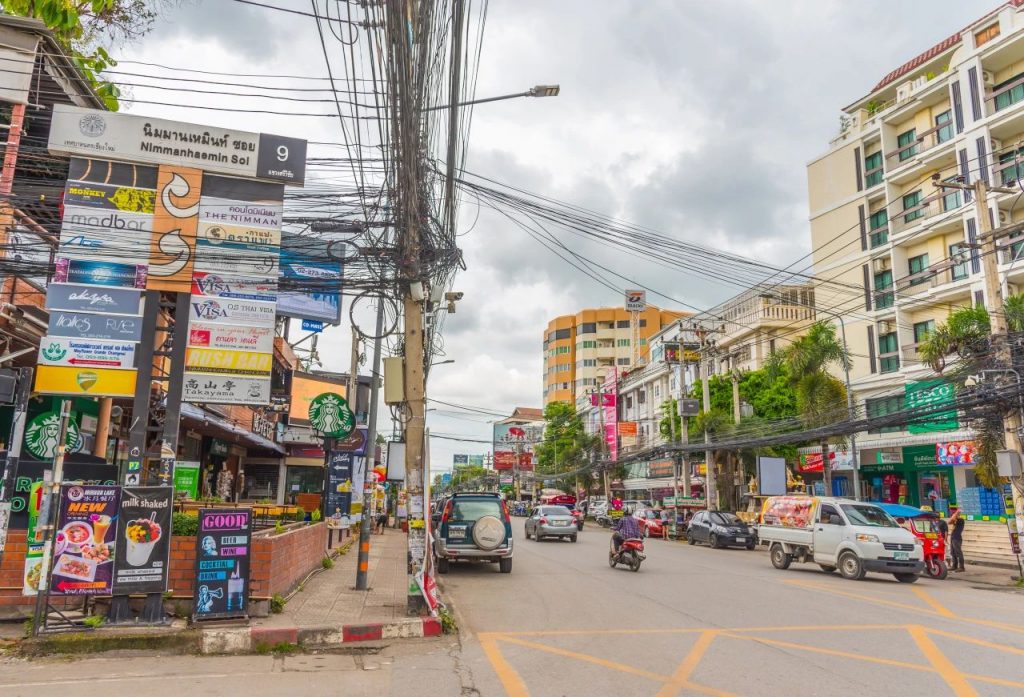
©Image by BLUR LIFE 1975/Shutterstock
Some areas in northern and southern Thailand can already grow high-quality coffee beans, roasting can also be done domestically, and there are many types of coffee beverages. However, most Thais drink coffee just like milk tea. They still like sweet and iced ones.

©Image by suphanat/Shutterstock
Chiang Mai was originally a city of temples, but now there is a “cafe explosion”. Even better, the single-origin coffee beans used in many cafes are only an hour or two drive away from the coffee shop, and the freshness can be imagined. Tourists who come here for a coffee tour can also experience wonderful music, food and city life by the way, which is really pleasant.
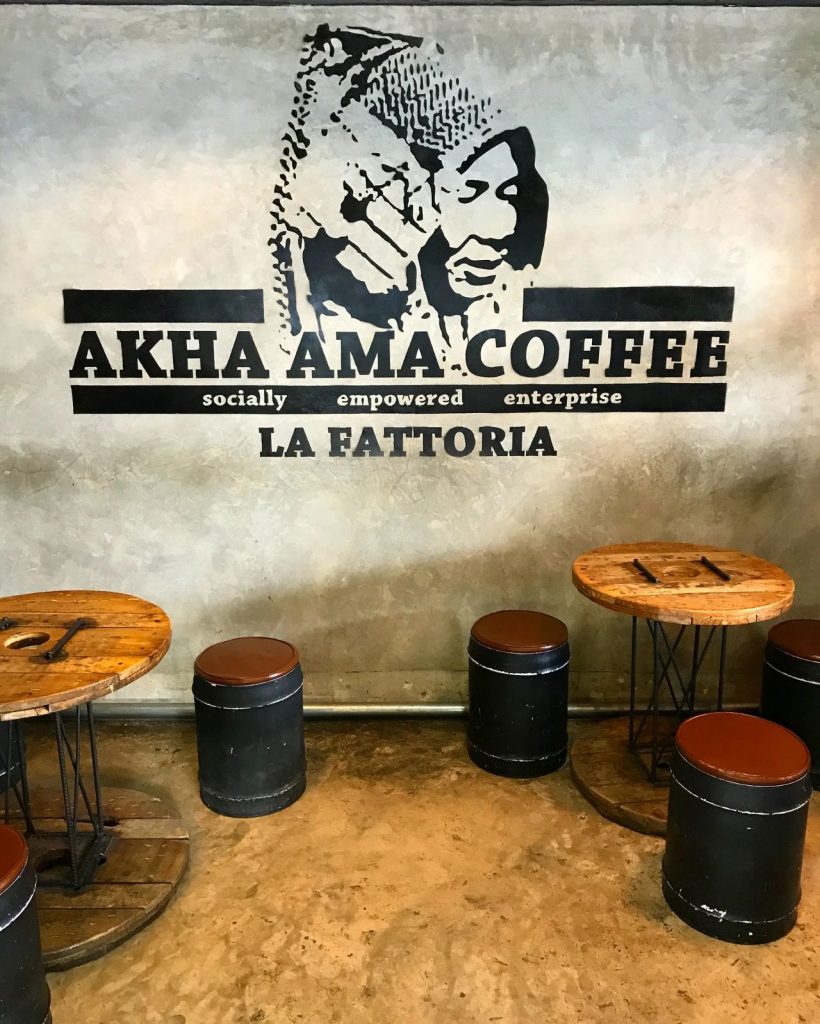
Chiang Mai – Akha Ama Coffee © Blowing Puffer Fish
AKHA AMA Cafe is located in Chiang Mai, where there are many temples, and it is a social card. The “Akha” in the name refers to the Akha tribe of many hill tribes in northern Thailand. The cafe itself is very simple, with simple furnishings and few decorations. I recommend “shakerato”, a double espresso that is “shook” in a cocktail glass with ice. If you are interested, go to Wat Phra Singh (Wat Phra Singh). It is the highest temple in Chiang Mai. The interior of the main hall is mosaic paintings. The “Lion Buddha” is especially admired.
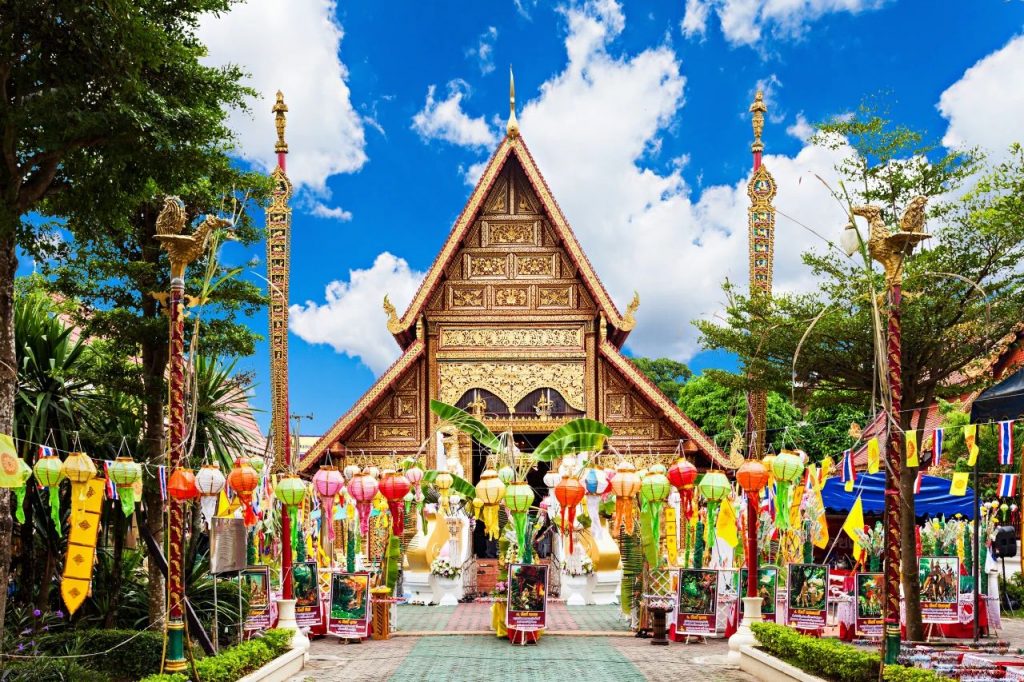
©saiko3p/Shutterstock
“Thick and sweet Vietnamese delicacy”
Vietnam, Hanoi
Specialty Coffee: Egg Coffee
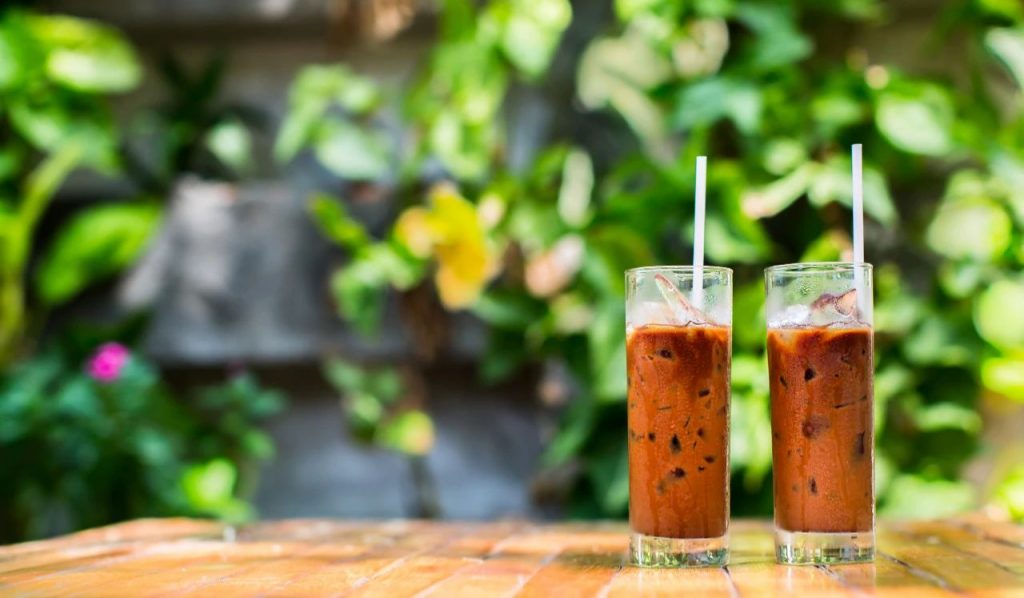
©Image by globalmoments/Shutterstock
Strong and sweet coffee is the power source of Vietnam. The French brought coffee to Vietnam in 1857, and Vietnam has now developed into the second largest coffee bean producer in the world. Like France, people here, regardless of age, like to have a leisure time in street cafes, but the seats are different from France, mostly short chairs or stools. There are several down-to-earth cafes on almost every street in the country, and Hanoi is even more worthy of the coffee capital. Vietnamese people like to drink coffee slowly, drinking and talking, never drink it all at once, get up and leave.
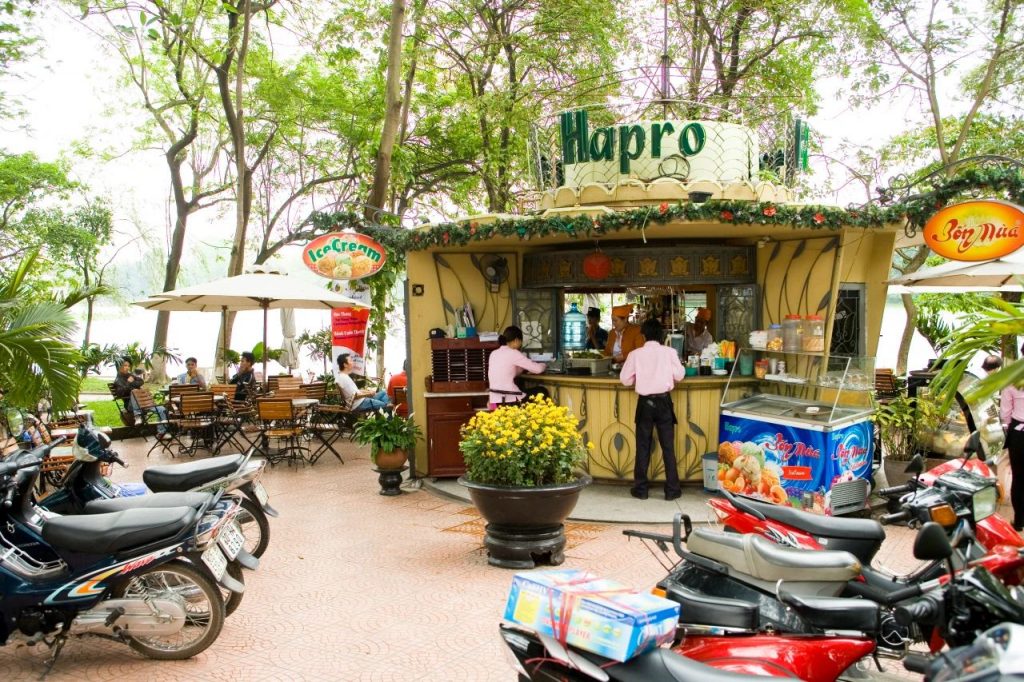
©Image by James Pham
Robusta coffee beans are the mainstream here. Compared with Arabica, this coffee bean is inexpensive and easy to grow. The most popular iced coffee (ca phe sua da) in Vietnam uses Robusta, and the iconic drip cup (phin ).
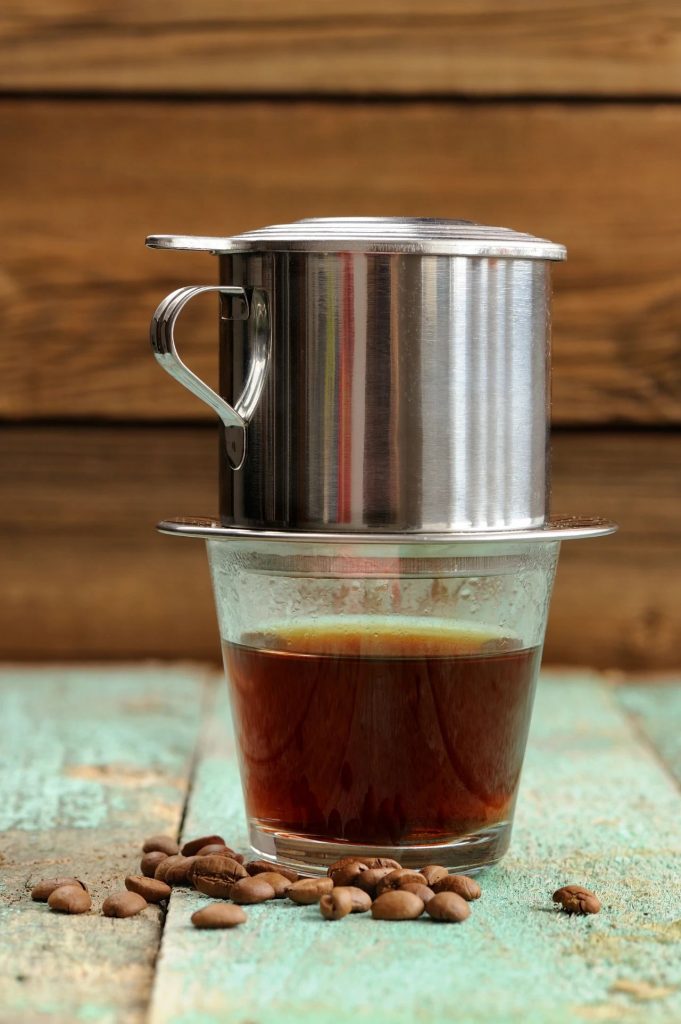
©Image by AlexeyBorodin/Getty Images
This dripping filter cup will be placed directly on the coffee cup, add coffee powder inside, pour in hot water and brew for 5 minutes, and finally filter it into the coffee cup. Add ice and condensed milk to the cup before drinking. Fresh milk is not used because it was not easy to get fresh milk back then. The roasted Robusta is dark and bitter, so the sweetness is actually a great concoction. One bitter and the other sweet, it seems to be incompatible with the taste, but a sip under the scorching sun after adding ice can make people exhausted. Because a little sugar and cocoa are usually added during roasting, this kind of coffee can taste the sweetness of caramel created by sugar and cocoa even without adding condensed milk.
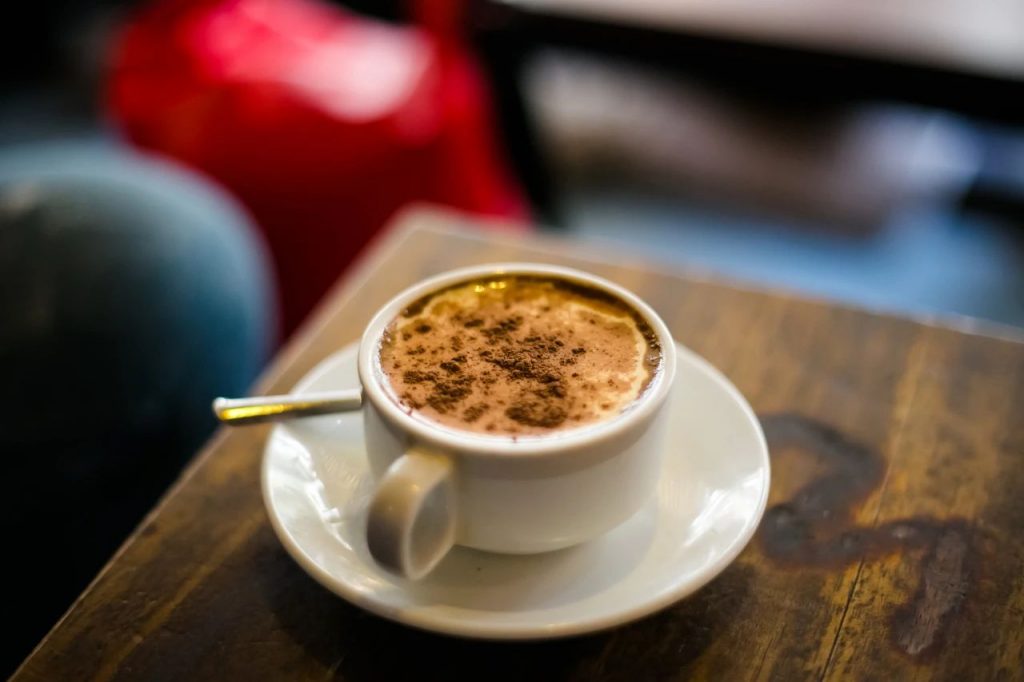
©Image by Wajana Wajanawanlop/Shutterstock
You can also drink some amazing coffees in Hanoi, where no condensed milk is added, but egg liquid or yogurt is used instead. Located in Hanoi’s Old Quarter, GIANG CAFE, the street in front of it is full of semi-outdoor cafes. If you have the courage to walk through the dark corridor and climb the stairs, a small courtyard will suddenly appear in front of you. Walk into the yard, find a wooden bench to sit down, and then you can taste the classic egg coffee in Hanoi. This coffee is like a drink and a dessert. The velvety embellishment on the coffee does contain eggs, and it is made with egg liquid, condensed milk, cheese and butter. Moreover, in order to deliberately create a soft and hard contrast on the taste, some coffee powder will be sprinkled on it. Sounds disgusting, doesn’t it? When I really drink it, I don’t feel that “heavy taste”, but like eating melted tiramisu.
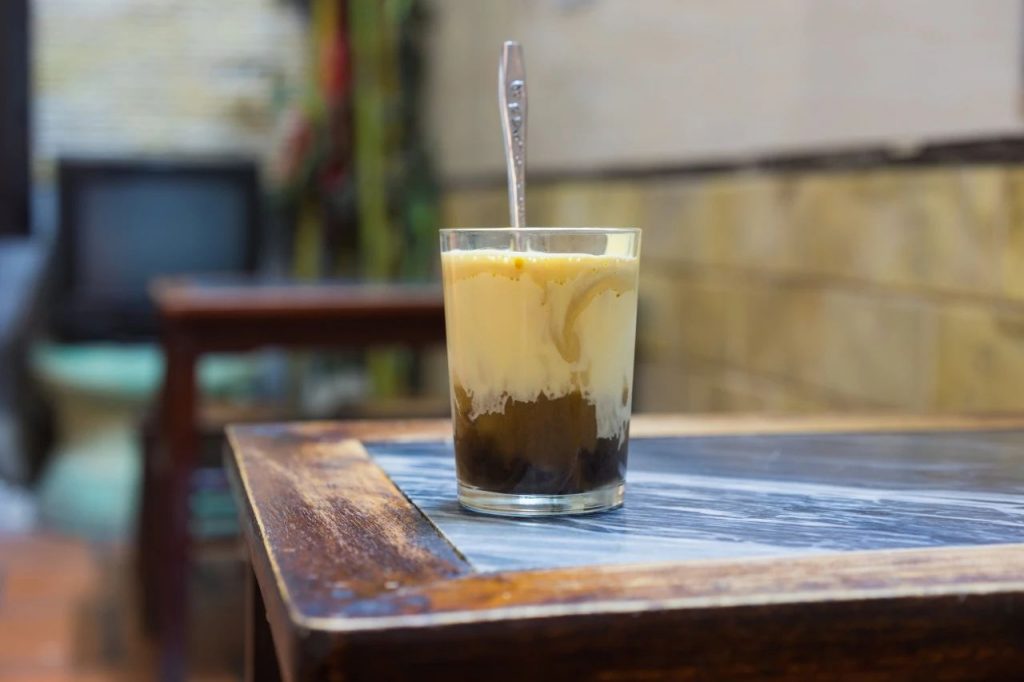
©Image by vinhdav/Getty Images
When serving, the coffee cup will be soaked in a bowl of hot water. This is to maintain the temperature and smooth taste of the drink. This drink has to be eaten with a small spoon. When the coffee penetrates the foam on the surface, the flavor inside will be sucked in. The final flavor has a wonderful balance: sweet like mayonnaise, but no egg flavor, and the taste is light. . After squeezing, you might as well lean back in your chair and look at the antique fan on your head to bring your thoughts back to 1946.
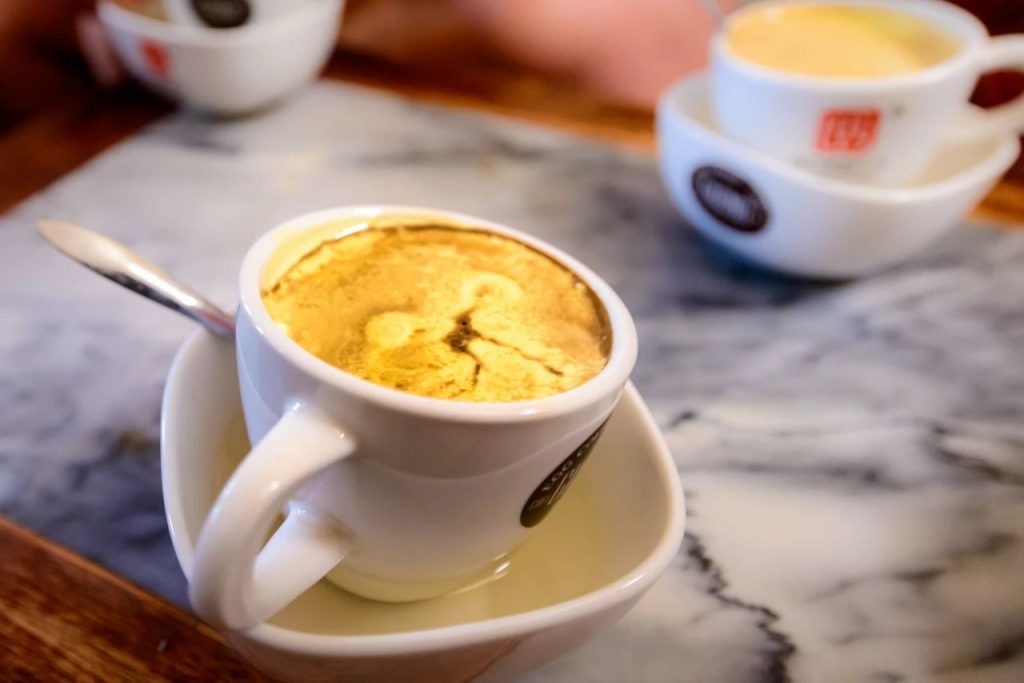
Cà Phê Trứng © Anthony Tong Lee
The owner’s father said that he used to work as a bartender at Sofitel Metropole, the best hotel in Hanoi, because the fresh milk needed to make coffee is not easy to get, so he came up with a whim and replaced it with beaten raw egg yolks, and egg coffee was born. If the raw egg froth is too hot to swallow, you can also try iced egg coffee, which tastes similar to a smoothie, but still does not lose its essence.
“The Hometown of Starbucks”
Seattle, United States
Specialty coffee: drip coffee, or a cup of latte with exquisite latte.
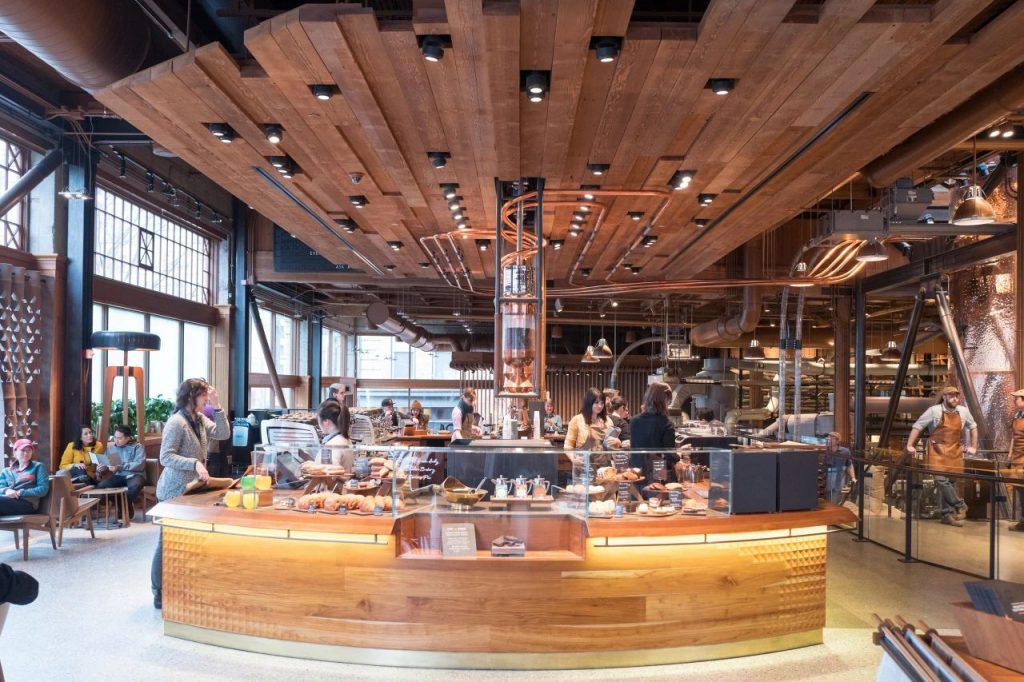
©Image by Peppinuzzo/Shutterstock
People in Starbucks’ hometown love coffee, of course, but their choice is not limited to this vanilla-flavored “bulk drink”. The boutique roasting cafes in the city are also very powerful, satisfying the discerning Seattleites.

©Image by CrackerClips/Getty Images
Why not order a cup of drip filter to take away, drink and stroll at Pike Place Market to discover the city’s inclusive soul. Victrola Coffee, located in Seattle, is like a rare vinyl record. Although I yearn for it, it is hard to find a trace. There are only 3 stores in the city, but you should really search them all through the streets, not to mention two of them in Seattle’s fashionable Capitol Hill.
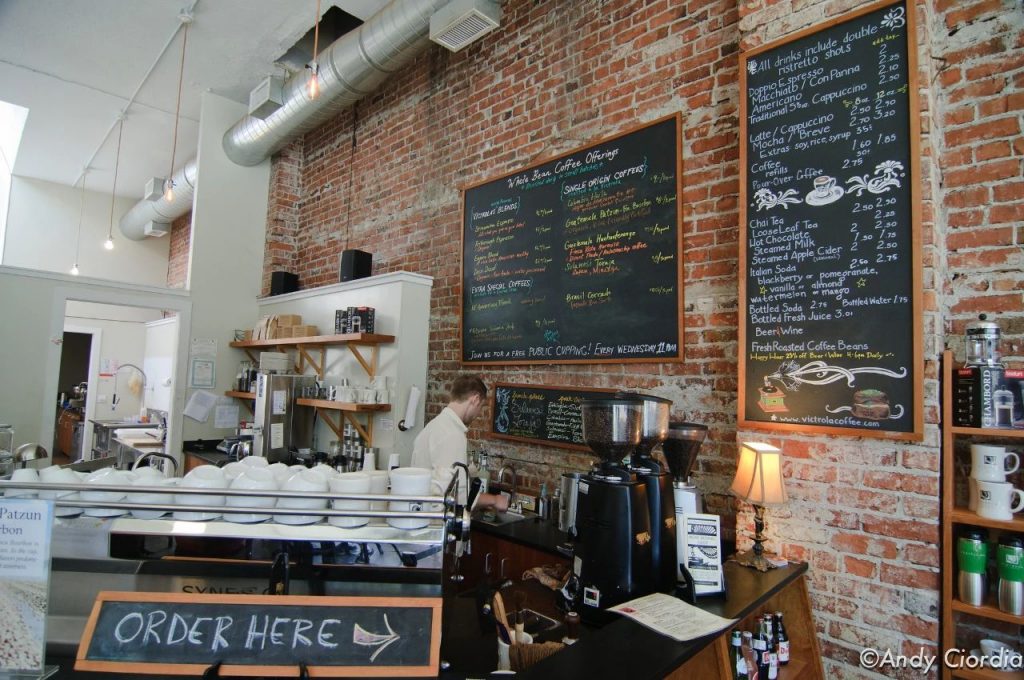
Victrola, interior © Andy Ciordia
After drinking specialty coffee, stroll to the Lost Lake Café & Lounge restaurant, which is decorated with the theme of the American drama “Twin Peaks” (Twin Peaks). The coffee is superb, but the cherry pie here is lucky.
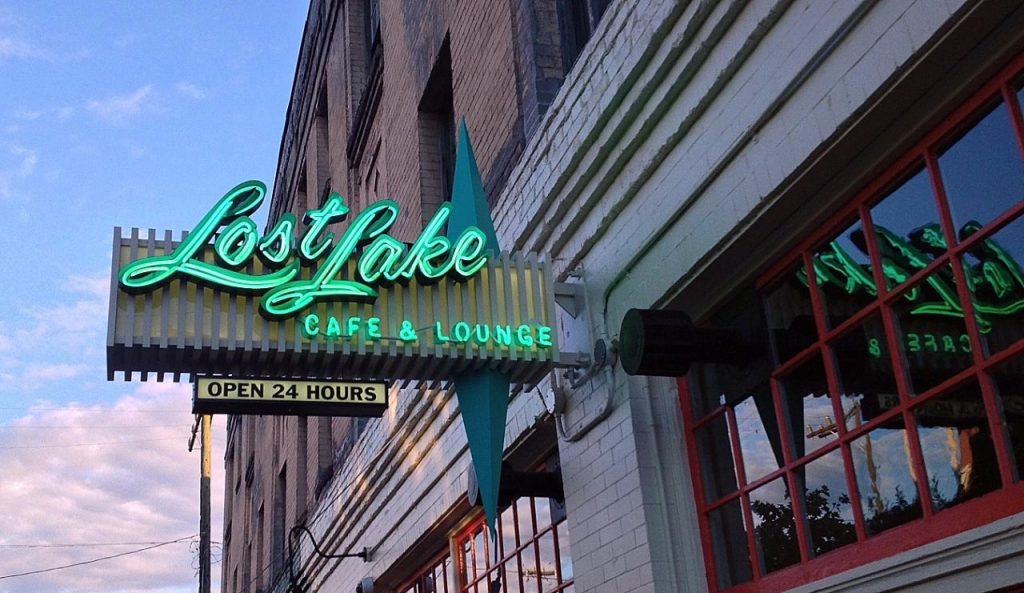
Seattle’s Lost Lake Cafe & Lounge, 06.14.13 © Joe Wolf
“Avant-garde coffee destination”
Turin, Italy
Specialty coffee: Italian espresso

©Yaraslau/Shutterstock
Italy invented the espresso machine, which is also the landing point for coffee in Europe. Naturally, there is no shortage of wonderful coffee spots, but Turin is especially recommended. It is youthful and avant-garde. In addition to inheriting the traditional espresso of deep roasting, it is also willing to try novel coffee making techniques.
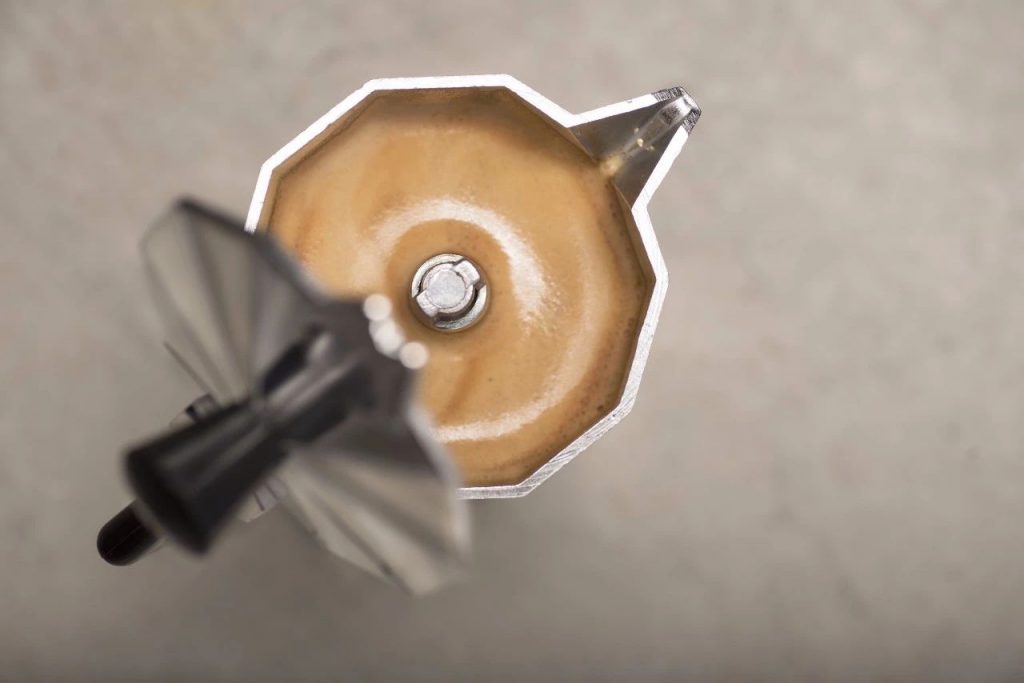
©Yaraslau/Shutterstock
Drinking coffee in Italy can be served with a glass of water during the day. During breakfast, northerners like to serve brioche (brioche), southerners like to serve cornetto, this kind of bread has many flavors, including unfilled, cream filling, jam filling, honey filling and Nutella chocolate Hazelnut paste filling.
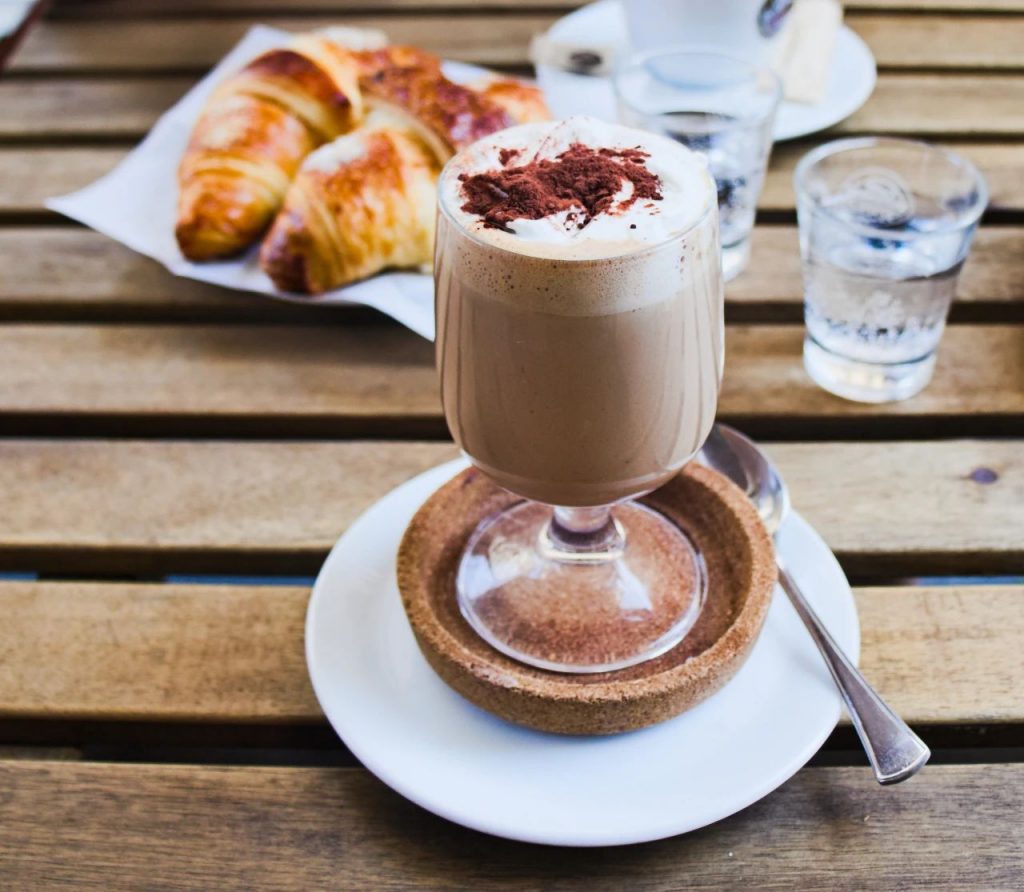
©Marco Fine/Shutterstock
CAffÉ AL BiCerin cafe opened in the center of Turin as early as 1763. The store is warm and soft. It is said that it created the local specialty coffee bicerin. This is a delicious collision between coffee and chocolate. This drink is served in an elegant small glass with a layer of milk on top, which tastes bitter and sweet.
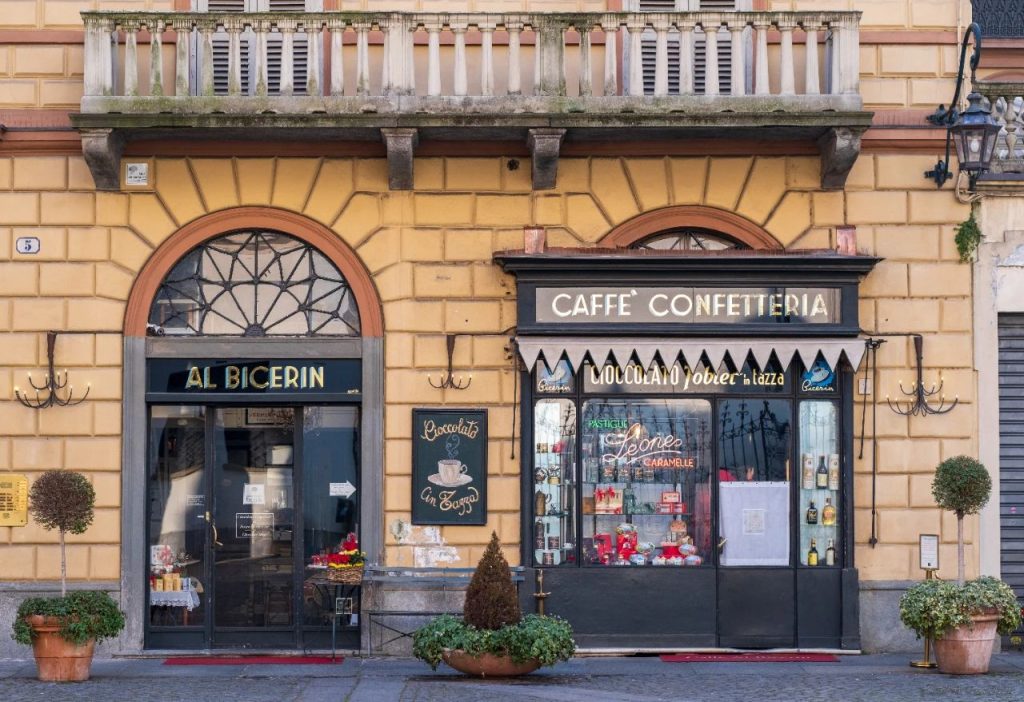
Caffè Al Bicerin © Katell Ar Gow
“Coffee full of history”
Austria Vienna
Specialty coffee: Melange (Viennese cappuccino)

©Pfeiffer/Shutterstock
Like many fairy tales, Austria’s coffee love also began with a magic bean. The story takes place in 1683. During the Battle of Vienna (Battle of Vienna), the Ottomans who were approaching the city were repelled by the coalition forces of the Polish and Habsburg dynasties. When they fled for their lives, many bags of beans were discarded at the city gate.
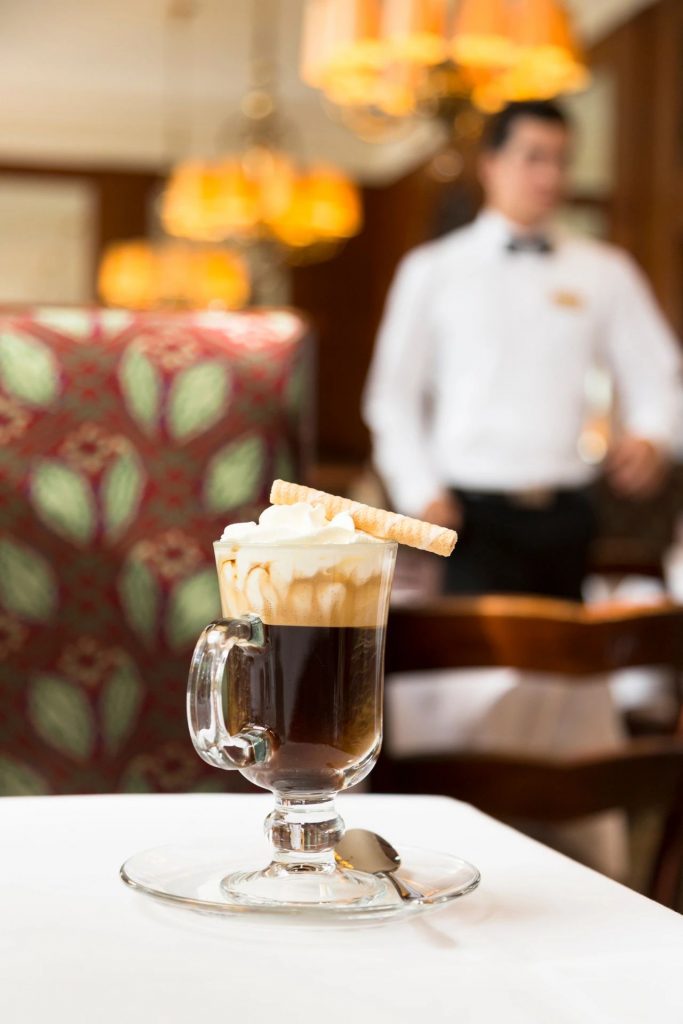
©Image by Julian Love
The Viennese people didn’t know it. They thought it was something that the Ottomans fed camels, but one of them was an officer named Jerzy Franciszek Kulczycki who was sent to Turkey. He knew it was coffee beans. It is regarded as a treasure and roasted to make coffee. Milk and sugar are added to it to enhance the taste. The Habsburg royal family members are crazy after drinking it.
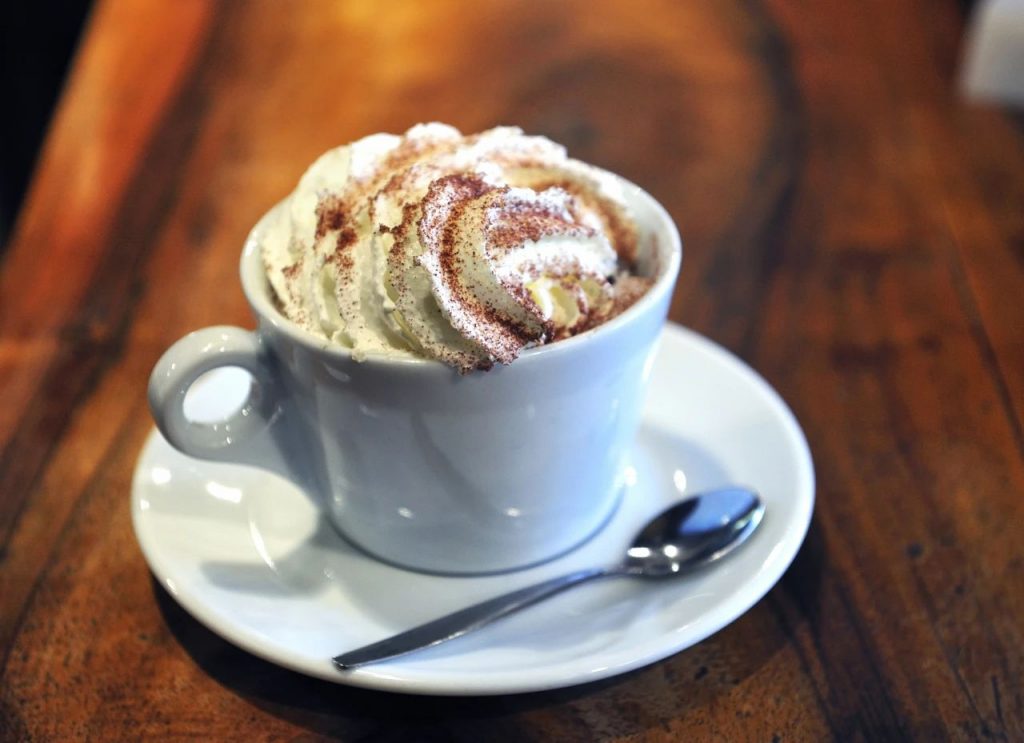
©Image by avarand/Shutterstock
Although this is just a story, the small coffee beans are indeed like magic beans, which have developed into a profound and huge cultural system in Austria. Cafes soon began to bloom everywhere in cities such as Vienna. Poets, philosophers, musicians, and artists flocked in to chat, read, write, dream, play games, and eat cakes.
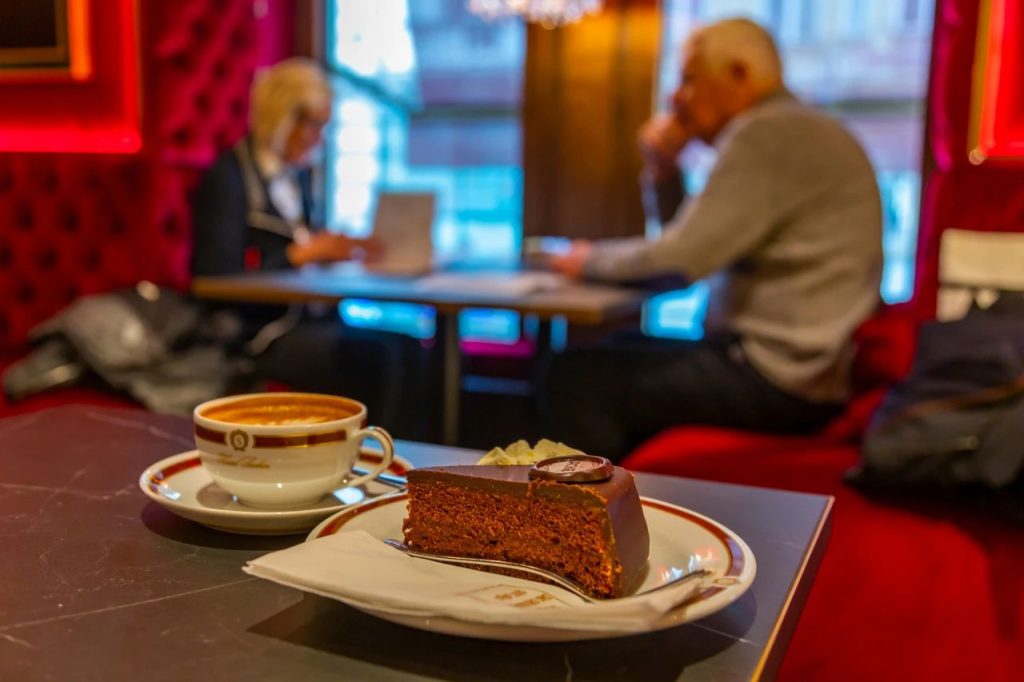
©Frank Fell Media/Shutterstock
This place, called “Kaffeehaus” (meaning coffee shop) by the Austrians, has become a derivation and epitome of society. The unique “gemütlichkeit” of Austrians, a warm and cheerful nostalgia, is perfectly interpreted here.
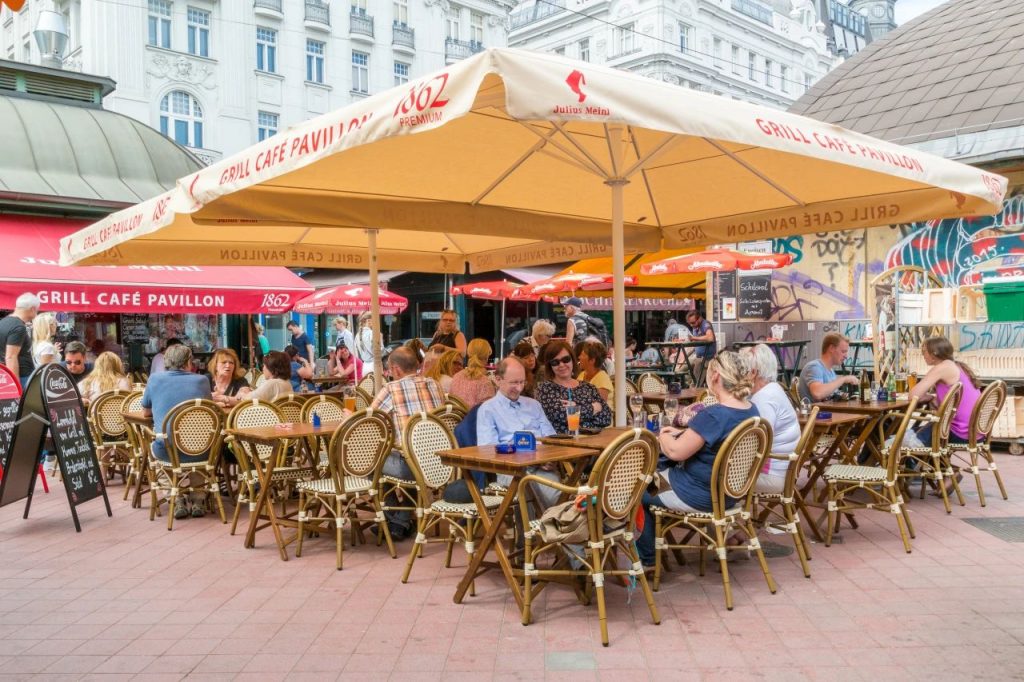
©Image by TasfotoNL/Shutterstock
“Full of fruity fragrance”
Norway, Oslo
Specialty coffee: Norwegian coffee
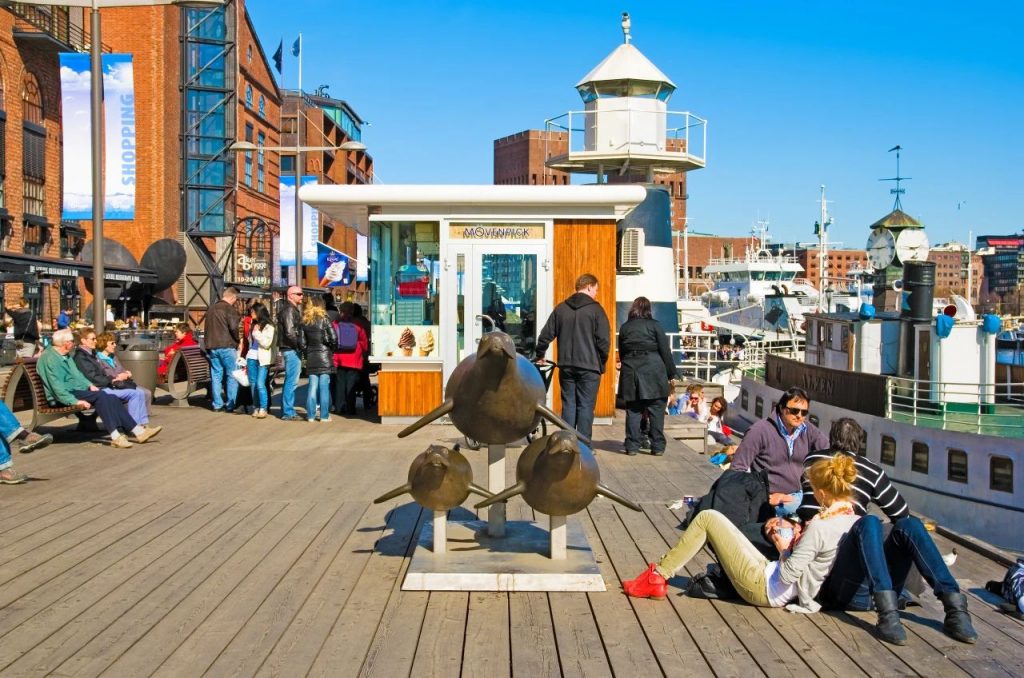
©Image by Ojimorena/Getty Images
Classic Norwegian coffee is black coffee made from lightly roasted coffee beans and extracted by simple filtration. The barista here treats roasting and extraction as if a Michelin-starred chef treats cooking, and takes the trouble. In fact, many restaurants in the city also have bakers on duty.

©VVDVVD/Shutterstock
Norwegians have a special emphasis on drinking coffee, that is, they like light roasting. The duration of this kind of roasting is very short. The roasted coffee beans will show fruity and sweet aromas, and the complex flavors inherent in them will not be destroyed as in medium and deep roasting.
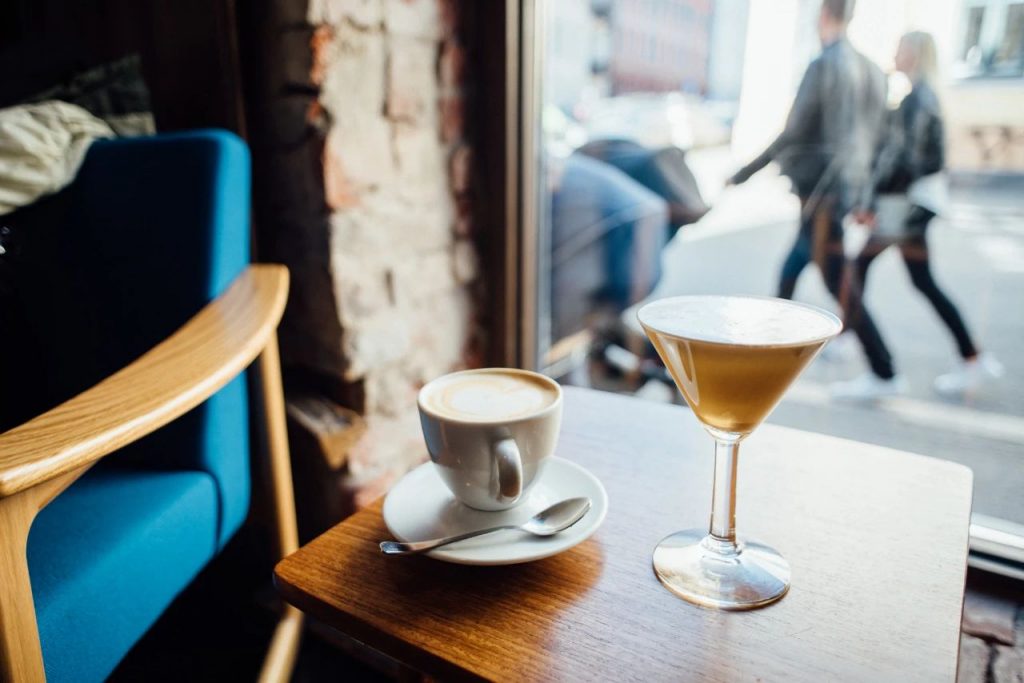
Tim Wendelboe © PeterVermaercke
The TIM WENDELBOE café is opened in an ordinary corner of Grüner Leka. The decoration is made of wooden bricks and old stone, and the style is unassuming. The coffee here is famous for its beauty, accuracy and precision, and it is absolutely feasting to watch the barista perform cupping.
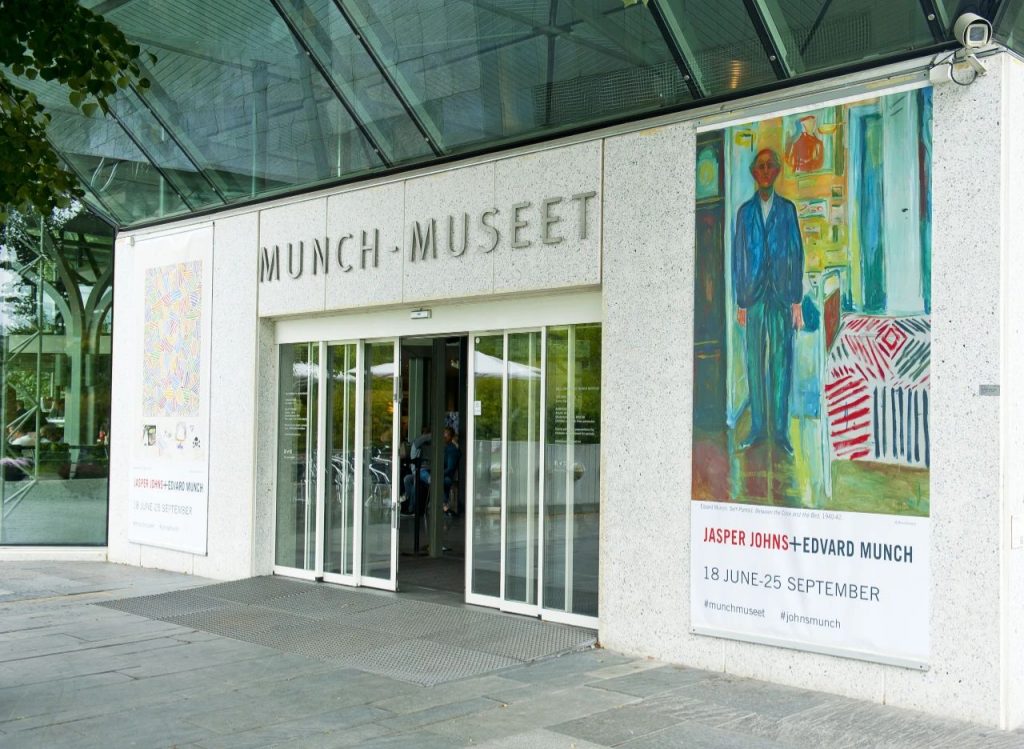
©Image by Evikka/Shutterstock
There are Norwegian National Gallery and Munch Museum in the vicinity of the cafe. Among them, the National Gallery is the largest art gallery in Oslo. Edvard Munch’s “Scream”, which shocks the soul, is the number one collection in the museum, but there are countless masterpieces worth admiring.
“Mysterious Coffee Grounds”
Istanbul, Turkey
Specialty coffee: Turkish coffee Türkkahve
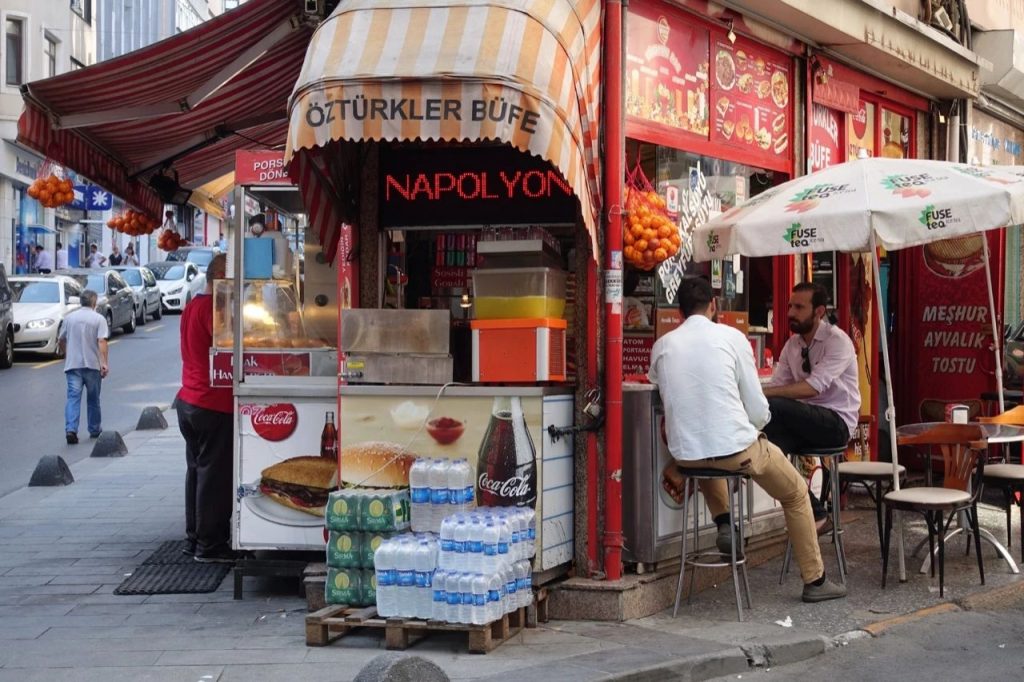
©istanbul_image_video/Shutterstock
Turkey is close to the Middle East, and the cafe culture has a long history. Filling the hookah with apple-flavored tobacco, finding a traditional cafe (kahvehane) or ordering a coffee in a tea garden (cay bahcesi), smoking and drinking while gossiping, has become part of the Turks’ attitude towards pleasure of kind of manifestation.
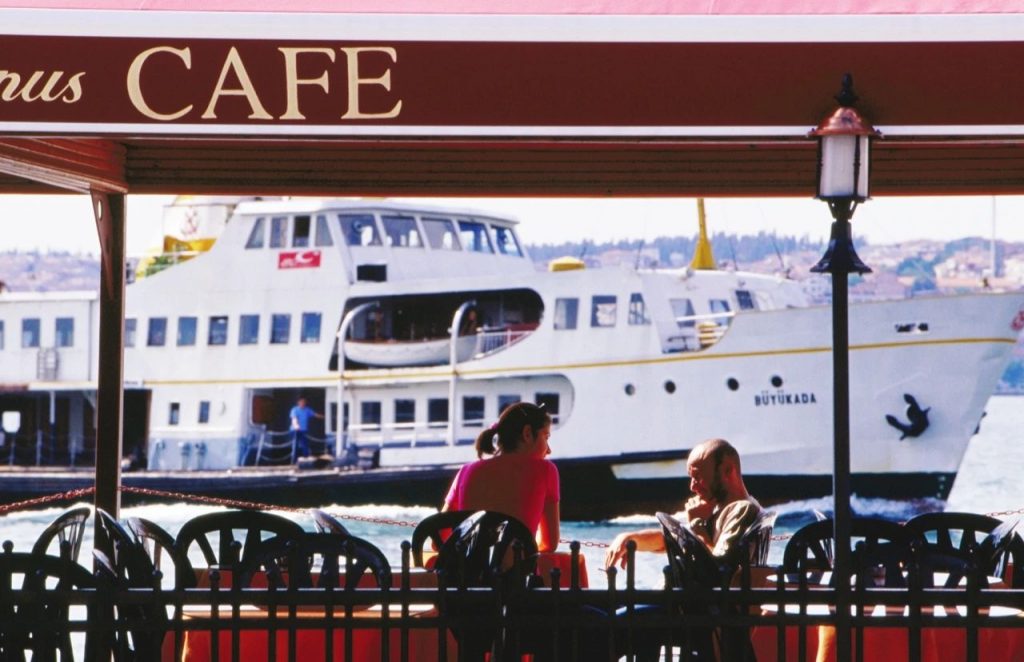
©Image by Phil Weymouth
To understand the story of coffee and Turkish culture, the fastest way is to come to Istanbul and have a sip of thick and sweet Turkish coffee-now recognized by UNESCO as a World Intangible Cultural Heritage.
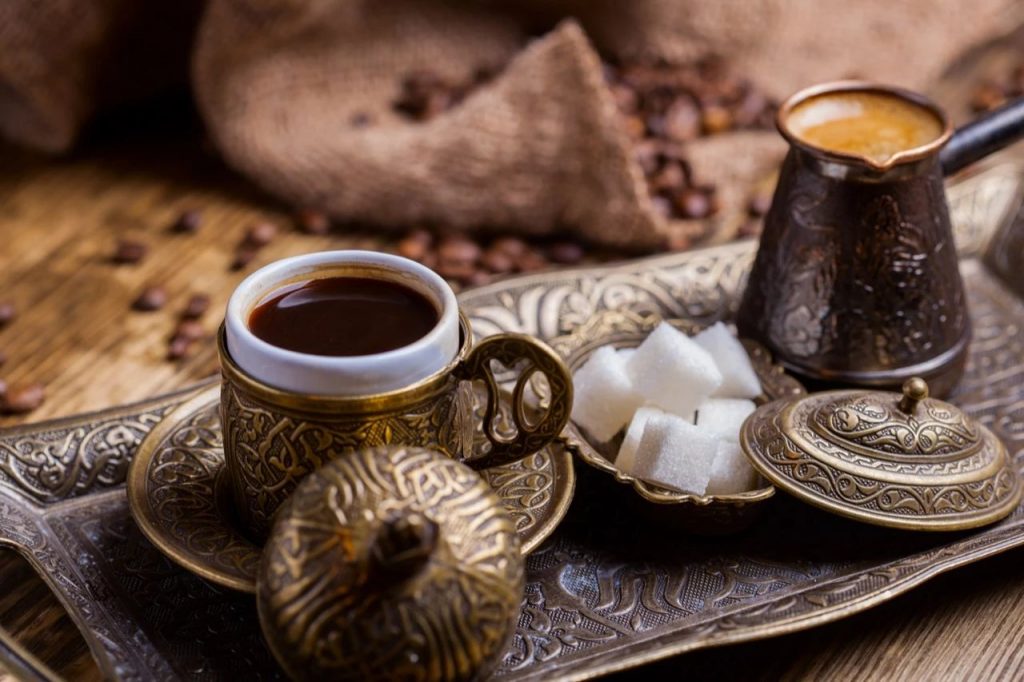
©vsl/Shutterstock
Turkish coffee is thick and lacquer, and a cup is usually drunk in small sips. After drinking, you should pour the residue from the bottom of the cup into a saucer and let your friends predict your future based on the shape of the residue. This tradition of using coffee for fortune telling is especially popular among Turkish women.
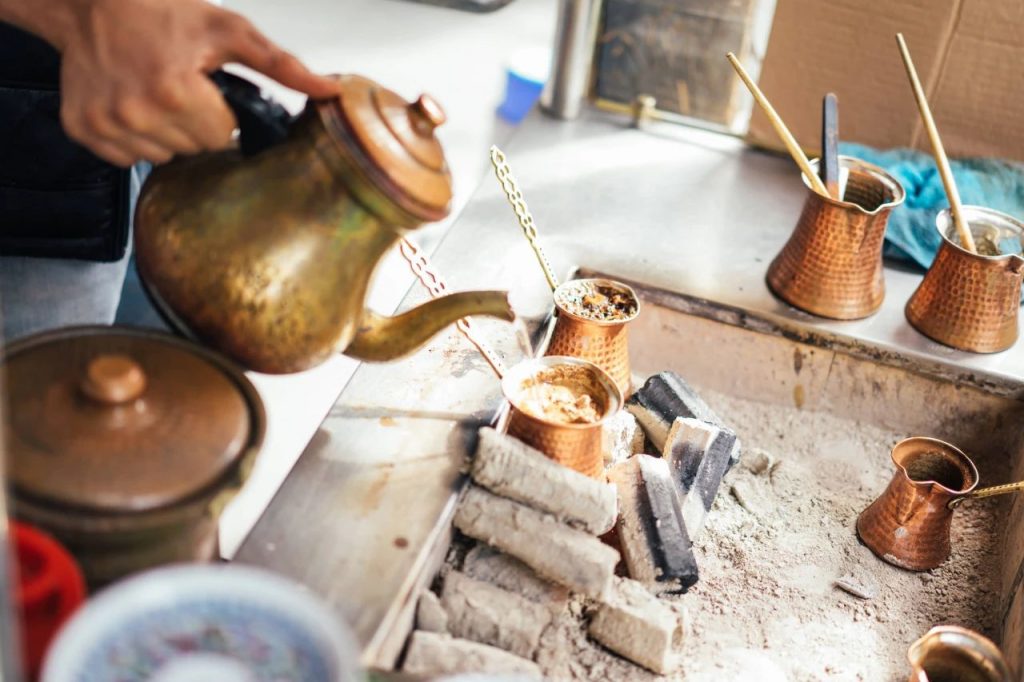
©Image by Maximilian Huber/EyeEm/Getty Images
Come to Istanbul, go to the Patriarchal Church of st George to stroll around. This Greek Orthodox church built in the 19th century is one of the most important pilgrimage sites in Turkey. It has a complex carved wooden iconostasis, some Byzantine mosaics and religious holy objects, and there is also a wooden inlaid patriarch throne.

Chora Church, Istanbul Turkey © Harold Litwiler
The Kariye Museum, or Chora Church, is one of the most exquisite Byzantine-style buildings in Istanbul. The 14th century mosaics and frescoes inside are very shocking. Although it is not as famous as the Sophia Cathedral, the sense of tranquility is far better than it.
Coffee Trailblazer
Melbourne, Australia
Specialty coffee: long-extracted black coffee or Australian white coffee (Furui white)
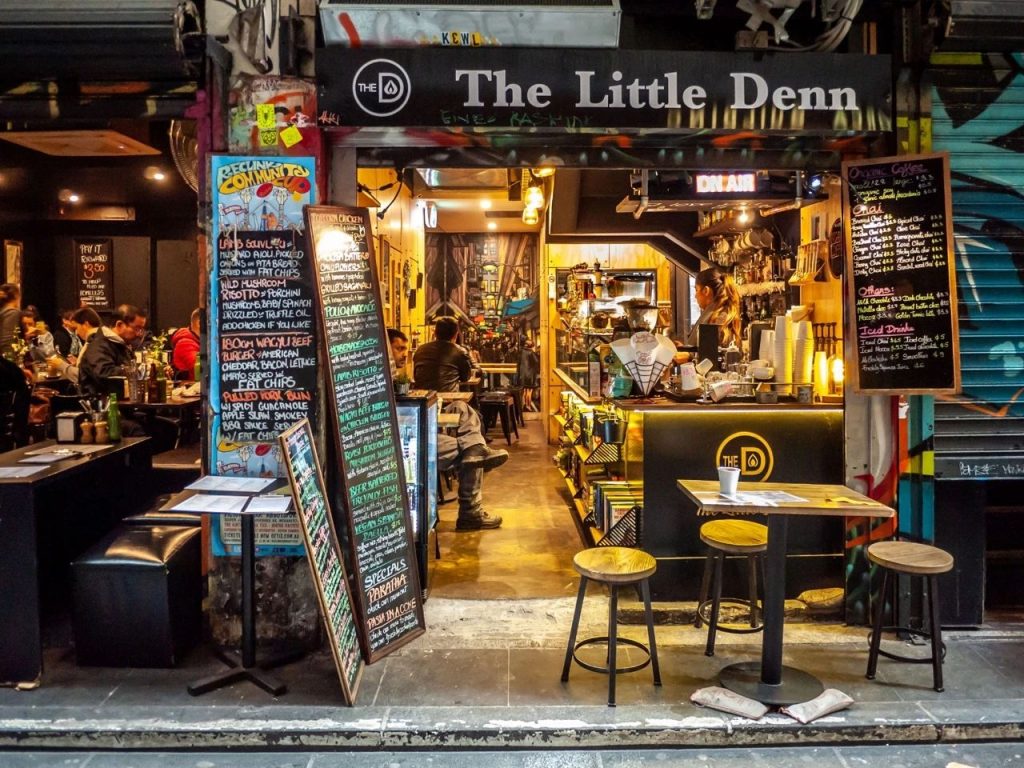
©Image by Shuang Li/Shutterstock
Guacamole, shared table, and good coffee that is hard to find in a lifetime are the routines of Melbourne cafes. It has now become a model for the international specialty coffee industry. As the cultural capital of Australia, this is also a wonderland of coffee travel. You must search carefully along the graffiti-filled alleys to go to legendary cafes such as St Ali and Proud Mary for Hajj.
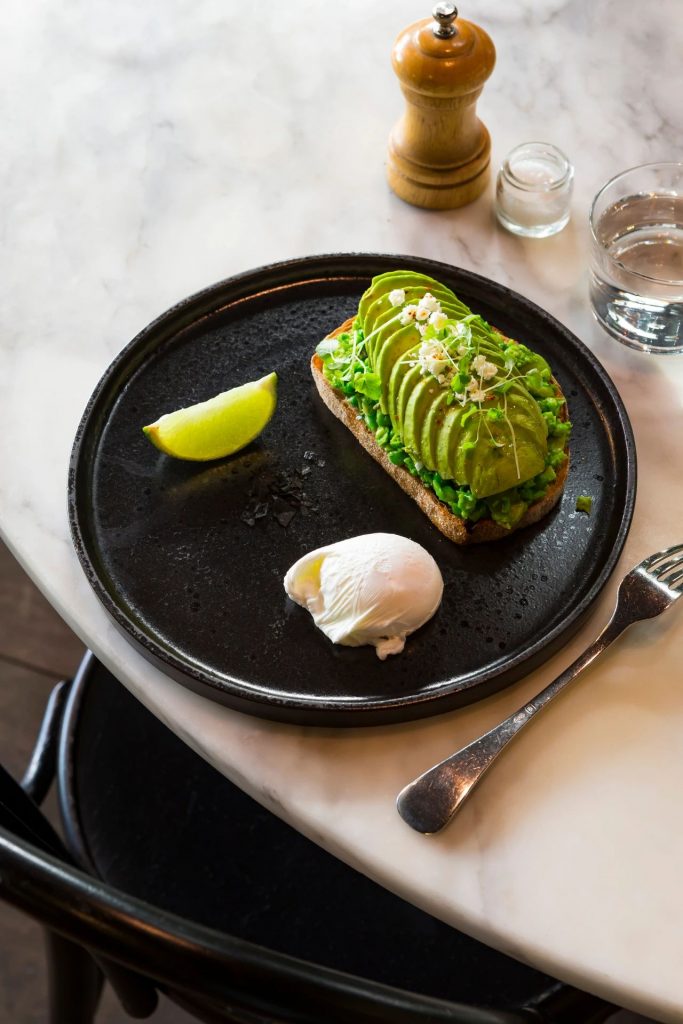
©Image by Catherine Sutherland
The most accurate summary of St Ali can be said to be “attraction-level cafes.” This shop is located on a quiet street in South Melbourne and belongs to the first batch of bakery cafes in Melbourne. There are 13 kinds of coffee beans in the store that can be packed and taken away, and a wide range of training courses are opened, including the 2016 world coffee latte champion Fukuyama Shin as a teacher.
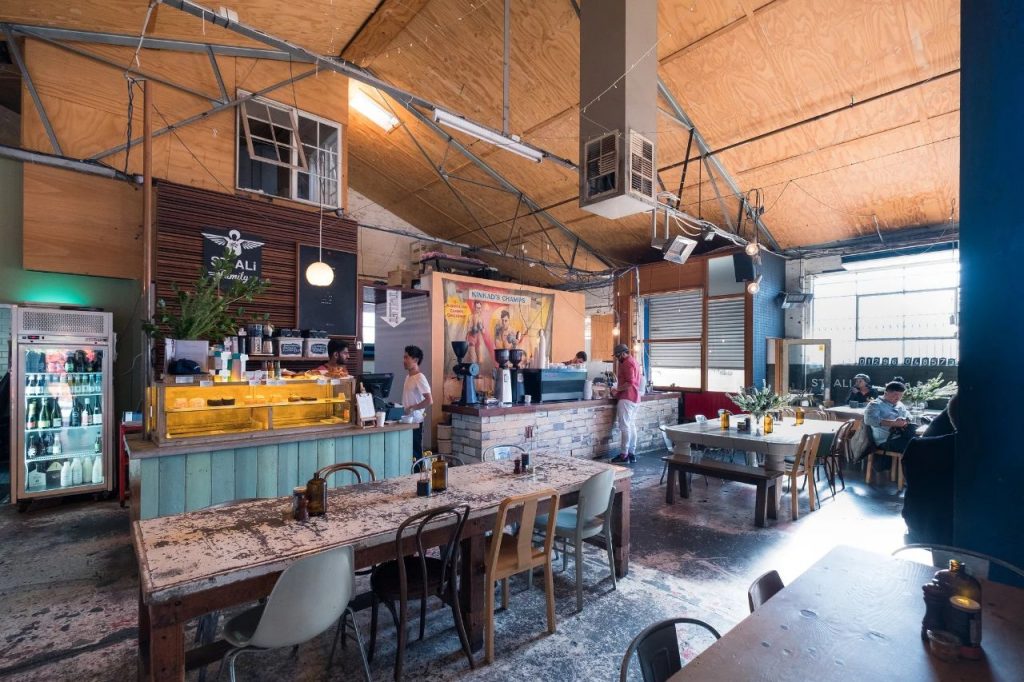
Cafe © a.canvas.of.light
Activities around St Ali are also very rich. The National Gallery of Victoria is Australia’s largest and most visited art museum, with exhibits including domestic and foreign art, textiles, and photographic works.
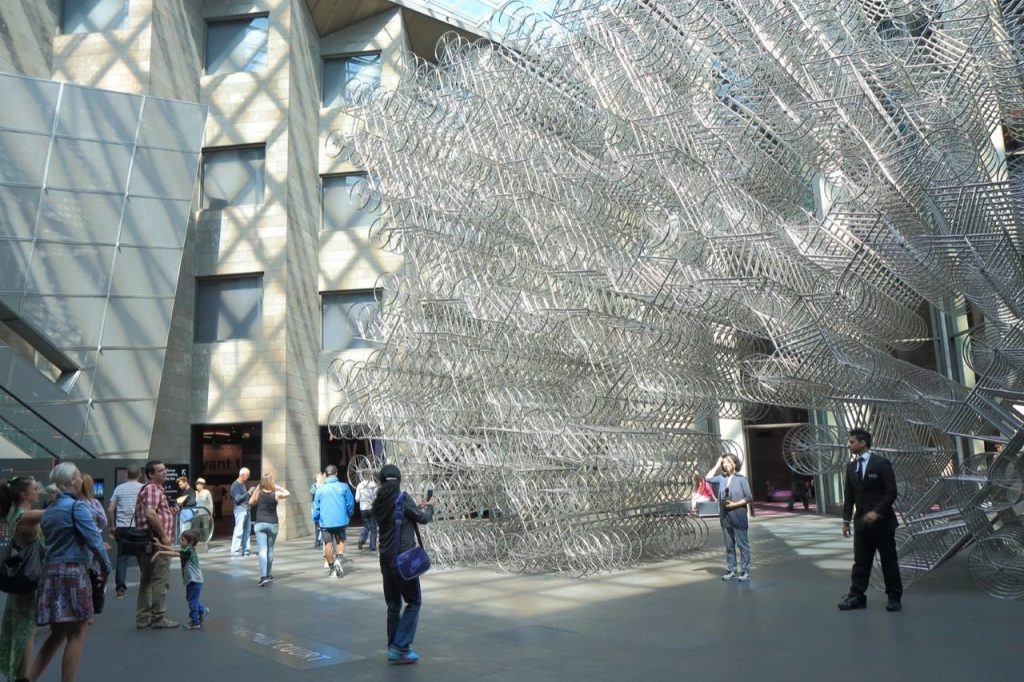
©Image by TK Kurikawa/Shutterstock
And St Kilda Beach can be reached from the cafe by tram, walk along the promenade, and go to the historic Luna Park to play those classic rides.

©Image by JavenLin/Getty Images
Comments